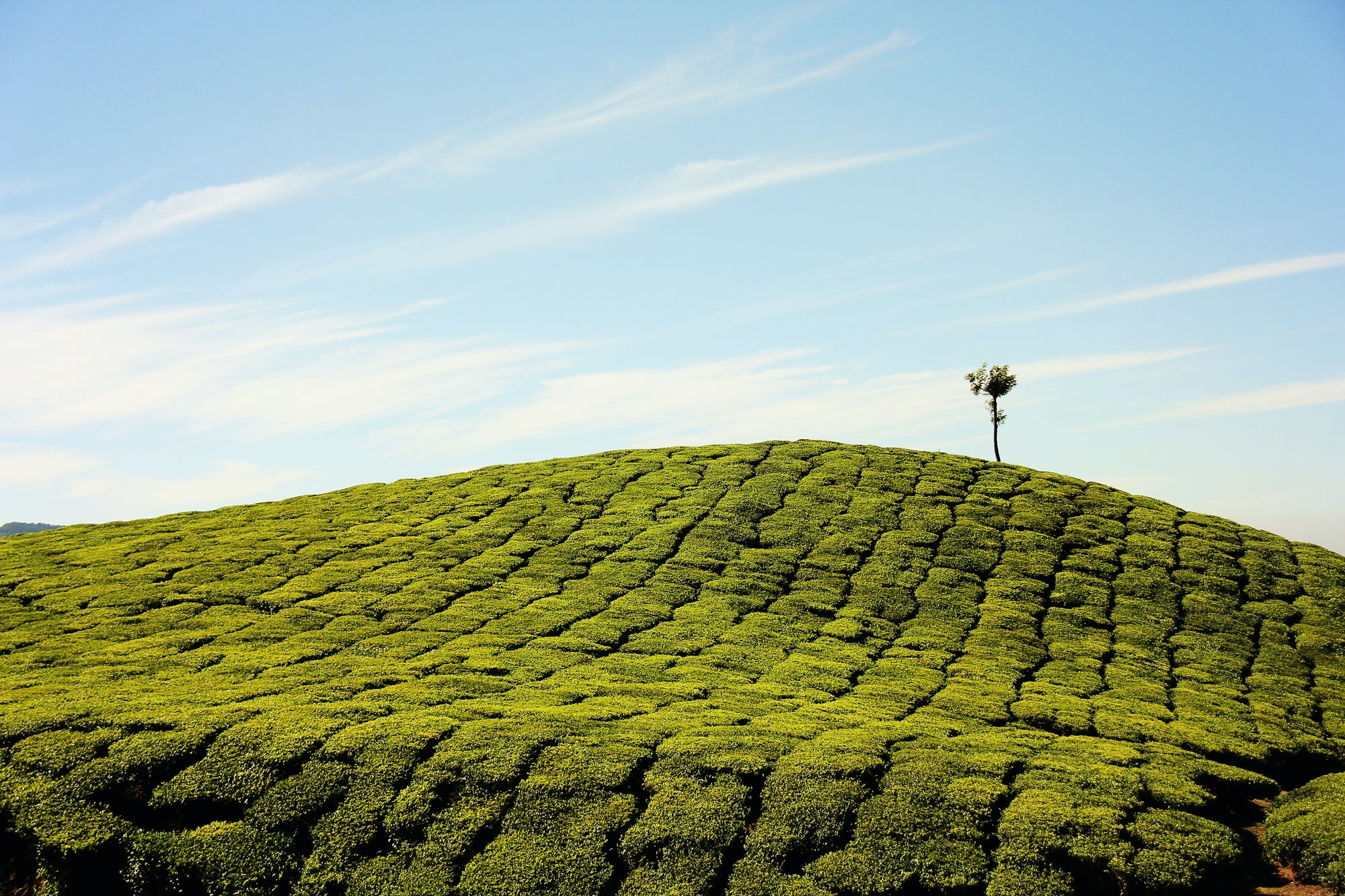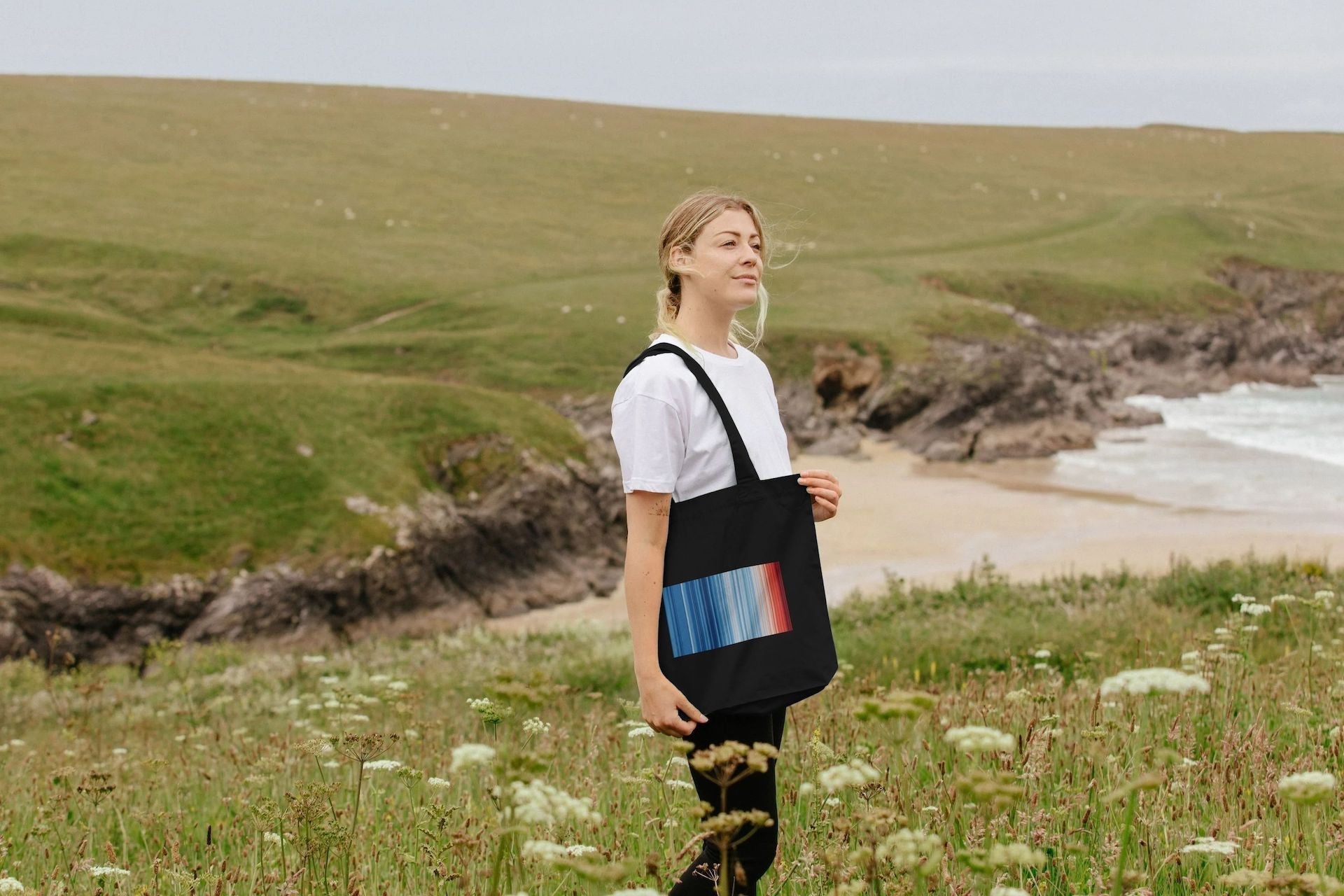The world of sustainability is a vast one, with its own jargon, elaborate concepts and loosely-defined terms.
If you’ve been following the chatter of recent years, you’ve probably noticed the growing popularity of ‘regeneration’. But what is it exactly? And what does it have to do with the fashion industry?
Read on as we explore the meaning of regenerative fashion.
Regeneration vs. sustainability
First things first. A quick introduction to regeneration against the backdrop of sustainability. Yes, the two concepts are related, but different.
Sustainability talks about the ability to keep doing something over a long period of time without affecting resources for future generations. On the other hand, regenerative sustainability was raised in part to answer the criticism, “the current way of doing things isn’t enough.” With carbon emissions showing no signs of decreasing, net zero promises are technically built on the unspoken premise that harm is acceptable - as long as it’s made up for with some other action. Regeneration focuses on intentionally creating positive effects, especially for the environment.
It’s worth pointing out that there is no agreed-upon single definition for regeneration - because it asks people to look at systems with a holistic and contextual perspective.
What regeneration looks like in fashion
Within the realm of fashion, regeneration calls for strategies that are often aimed at aiding biodiversity’s preservation. Whereas the typical way of thinking is that every new purchase comes with a trade off, regenerative fashion says a new purchase doesn’t have to equal negative impact. Quite the opposite, in fact.
Processes are designed (or redesigned) to become restorative and biodiversity-enhancing. Starting at the source, we look at the core materials - how they were produced, who produced them, etc. - that are used to make clothes. Regenerative fashion is closely linked to regenerative agriculture.
When we think about fabric choices, it’s not enough to be natural. Cotton is a natural fibre simply because it comes from plants. But, conventional cotton farming itself is surprisingly unsustainable. Regenerative fashion looks at multiple factors when it comes to sourcing. Does it help the natural environment? Does it restore health to the soil? Does it increase carbon sequestration? Are the farmers and community able to benefit as well?

Not all cotton is good for people or the planet. (Source: Unsplash)
Some other terms in the sustainability lexicon are related to regenerative fashion. Circularity, or circular fashion, is one example. The use of recycled or upcycled material to create new products naturally means a reduction in environmental waste. Along the same lines is on-demand manufacturing, which not only eliminates any possibility of waste, but also addresses the issue of inaccurate forecasting.
What regenerative fashion is not
If you’ve made it this far, congratulations.
For all its might and glory, regeneration isn’t the clearest of concepts to grasp. So, looking at what regenerative fashion is not can help to build a better picture.
- Regenerative fashion isn’t a set of guidelines that can be copied and pasted across all brands
- Regenerative fashion isn’t regenerative agriculture, but depends on it
- Regenerative fashion isn’t the same as ‘organic’, but often they’re connected
- Regenerative fashion isn’t limited to the environment, but does make it the centre of focus
- Regenerative fashion doesn’t stop the purchasing of new clothes
Some would say that ‘regenerative’ fits under the umbrella of sustainability and is thus a subset of ‘sustainable fashion’. Still, it’s important to make a distinction between the aims of regenerative and sustainable fashion. They both counter fast fashion, deal with environmental concerns, and touch on circularity.
But whereas sustainable fashion takes the approach of mitigating further decline of the planet and its people, regenerative fashion aims to improve the situation. Although a noble ideal, it’s quite the one to follow-through on.
Regenerative fashion - a utopian dream?
Regeneration sounds like an answer to the industry’s many problems, but it doesn’t come without challenges.
Greenwashing, in particular, is a very real issue for clothing brands as well as businesses in other sectors. Some are worried that “regenerative” is losing its meaning and potential when used in conjunction with fashion. In short, it’s becoming an ambiguous buzzword.
This lack of a uniform definition also means implementation can vary. For some, it’s simply buying raw inputs from certified or vouched-for suppliers. For others, it’s giving the final wearer an opportunity to take ownership, by investing in projects related to the garments they want to purchase.
For the Kering Group, it’s partnering with Conservation International to set up the Regenerative Fund for Nature: a grant program for vetted agricultural initiatives in Argentina, India, Mongolia and more. The Fund is well-intentioned but there are no promises in place for any of Kering’s brands to source directly from grantees. Yet.
Signs to look for
Shopping secondhand is one way to encourage a better industry. Buying (certified) organic is another, as many farms may already make use of regenerative methods. But take things another step further by supporting labels that are advocates of regenerative fashion.
Here are some tips to aid you in your decision-making:
- Do research and do it well. Visit their website, social media channels, and secondary sources. You’ll want comprehensive information on their regenerative practices, ecosystem restoration, or indigenous-led land stewardship.
- Pay attention to their supply chain. The way a company treats their employees - at every level - says a lot. Do they share information about their labour policies? If they work with external parties, be sure to check those out, too.
- Third-party certifications for extra assurance. Is the product Regenerative Organic Certified? Or maybe it comes with a Climate Beneficial Fiber verification. Be wary of brands that make unsubstantiated regenerative claims. Fashion is notorious for false messaging after all.
- Commitments to consistency and transparency. Look into what else the brand does to be sustainable. Are they consistent? And do they engage with people on social media? Brands that believe in transparency normally practise open communication.
- A traceable process, when possible. Blockchain technologies, like Waste2Wear, are making headway for the traceability they provide. Be on the lookout for QR codes that can tell you more about your clothes’ lifecycle.
Brands leading the way
- POMP - Yep, we named ourselves, but that’s because we’re proud of what we do. Our clothing is certified organic cotton. And our sustainability efforts don’t stop there.
- Christy Dawn - a womenswear line known for their ethereal dresses. Regeneration is implemented all throughout, but the most standout is their Land Stewardship scheme.
- California Cloth Foundry (CCF) - a Climate Beneficial certified partner boasting an impressive list of regenerative fibres, dyes, and more.
- The Trace Collective - a label that hopes to use “fashion as a tool for environmental regeneration and social cohesion”, with regeneration and empowerment at the core.
- Story mfg. - a brand that creates Positive Products. Their pieces are good for the environment, as well as works of art that stand for other values like anti-racism.
- Allbirds - a renowned sustainable fashion brand that has created the world’s first net zero sneakers without any carbon offsets. Part of the solution to averting offsetting has been creating the shoes with regeneratively farmed materials.
Brands and regeneration alone won’t solve everything, but the appeal in its offering is there. It’s a way to address fashion’s environmental problems that says we need to change our mindsets and prioritise positive impact before anything else.
If you’re interested in learning more about sustainability at POMP, click here.




